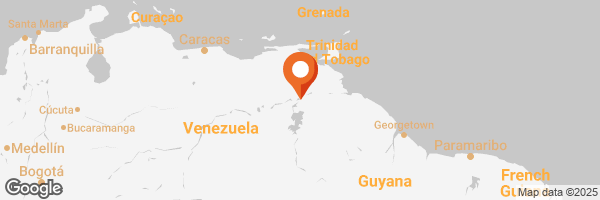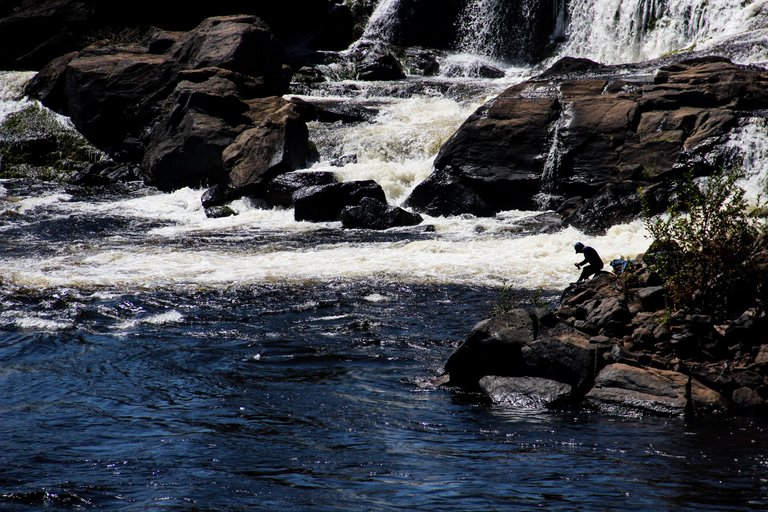
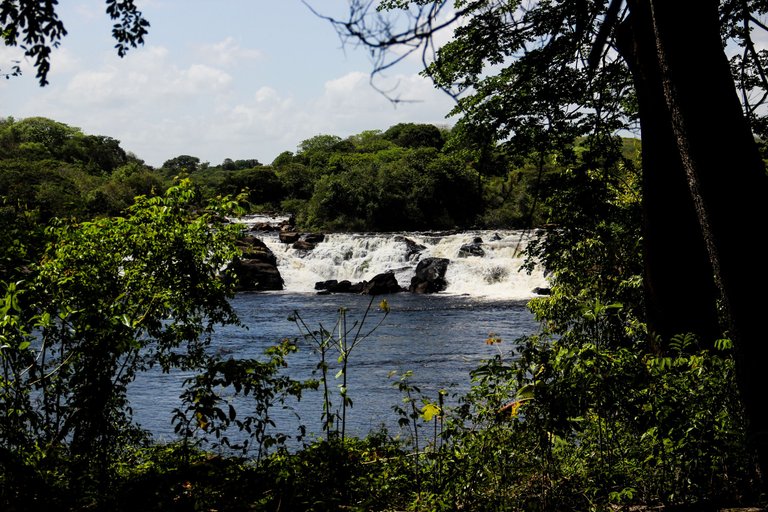
The second largest river in Venezuela, aside from the well-known Orinoco, is the Caroní River, which is almost 1,000 km long and provides energy for many of the country's dams. This river flows through Venezuela's Bolívar state from north to south, but is primarily present in the city of Puerto Ordaz, especially in tourist-heavy areas such as La Llovizna Park and Cachamay Park. It also joins the Orinoco River, where you can see the marked difference between the two rivers. The Caroní, with its darker hue, is evident in most of the photographs featured in this publication.
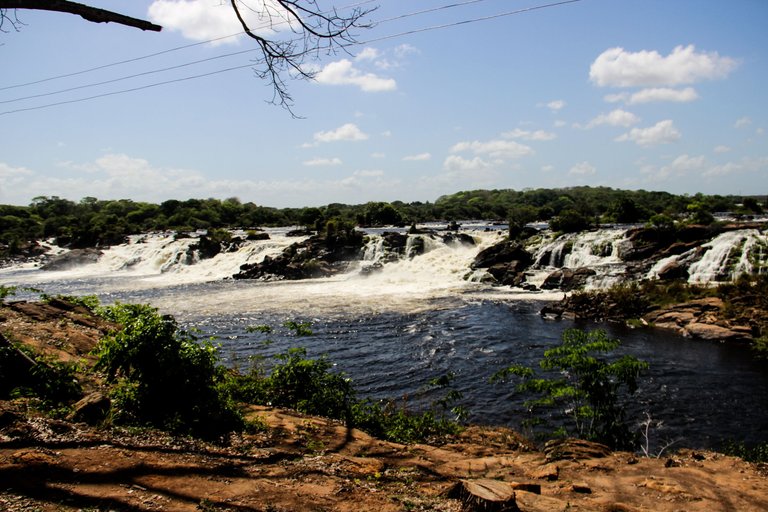
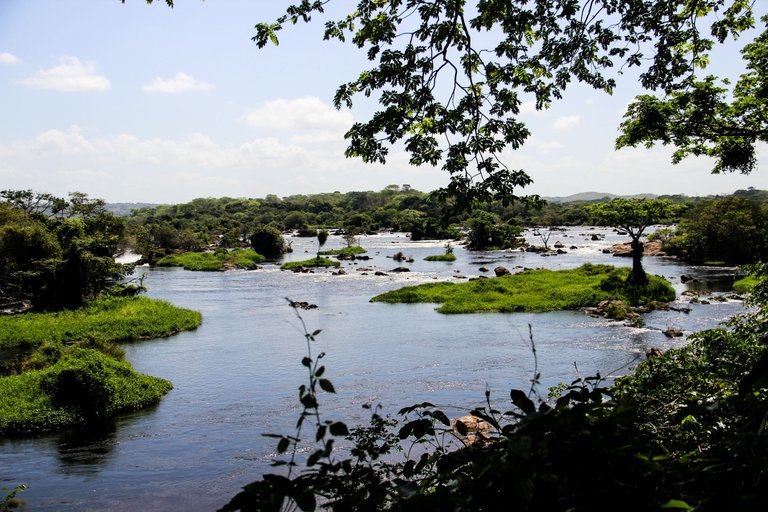
Of course, this river has also had potential for tourism, as it encompasses other very important places in the state, reaching areas such as the Gran Sabana, which is known as a site of many beautiful landscapes and large waterfalls, as are both the La Llovizna waterfall and the Cachamay waterfall. These are places I frequently visit due to their proximity to my home. As you're reading, these parks are located in the heart of Ciudad Guayana. They are natural wonders in the middle of the city, and are therefore sites of great importance as natural habitats for many species of plants and animals.

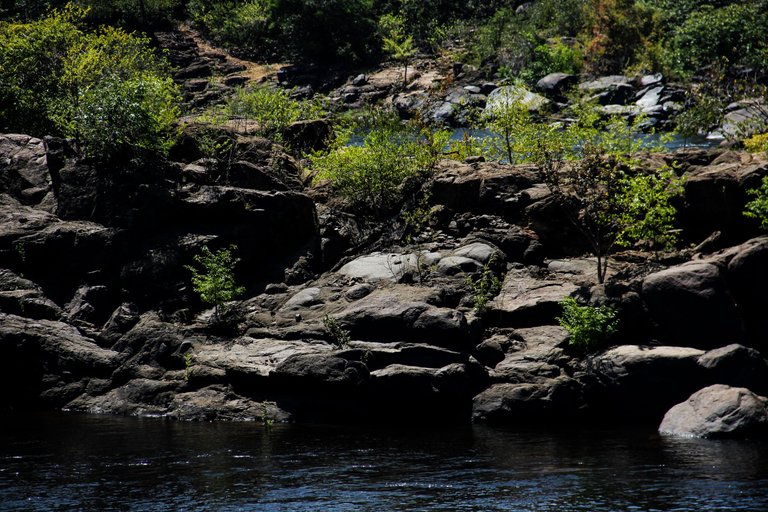
On the other hand, the Caroní River is also an important source of food for many. Fishermen have always flocked to these areas to fish because there are so many fish, although August is known as the peak fishing season. This is why many people dare to cross these rushing waters and stand at the foot of the waterfalls to fish. However, I don't know if this is allowed in these parks, but I've always seen fishermen doing this activity, already skilled and able to control the strong currents of these waters.

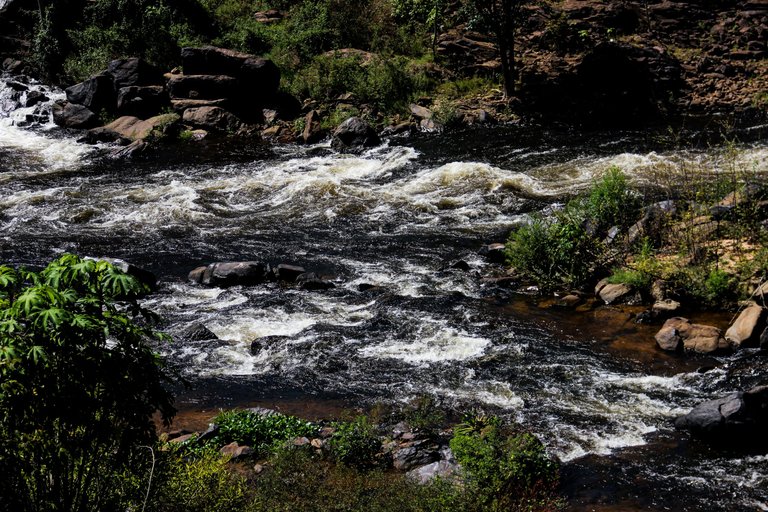
But who can imagine that, right next to the city, in just a few minutes' walk, you can witness such natural beauty, hear the constant sound of the water from a few meters away, and even feel the freshness of the place as it is sprayed by the waters of the waterfall. It is undoubtedly a unique experience for the city, a unique experience that nature offers to those who want to escape from the routine and chaos of a city. In addition to these sites being completely free, we still have a duty to take care of every space where we operate, because these places are known to date back thousands of years, even being once the settlement of indigenous tribes that no longer exist in the area. The Caroní River hugs the entire city, demonstrating its great presence and the full force of its nature, passing through the various dams that supply us with electricity, and finally resting in many of the waterfalls found in areas of great tourist value throughout the state.
For this reason, it is a great natural heritage for both the region and the country, and I never tire of visiting these places where I can appreciate its eternal waters while also being relaxed by the sound it generates, thus creating a unique experience in its natural contact, in the subtlety of its beauty as an image and feeling.
All photographs are my own.

